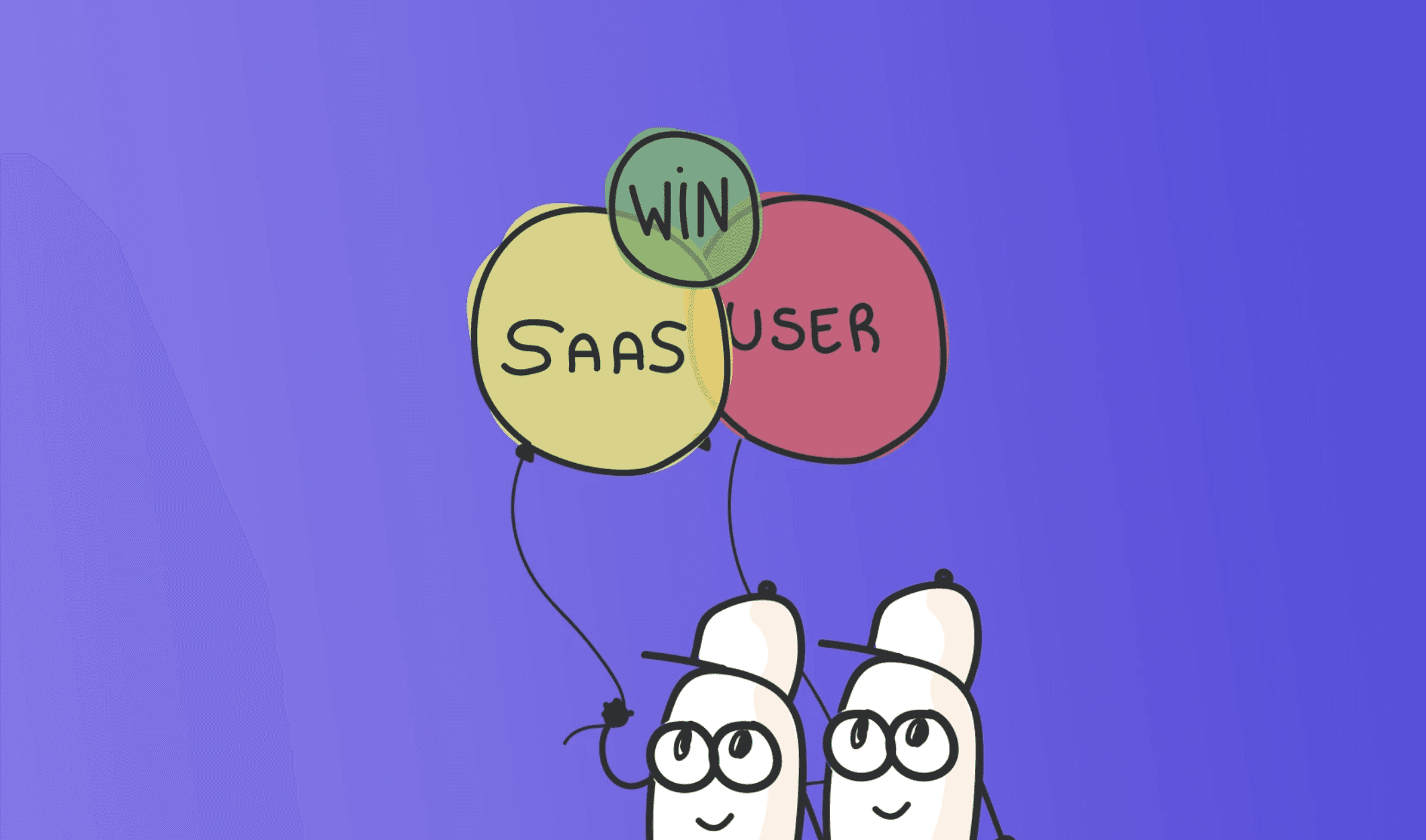
In today's digital age, communication is the backbone of effective education. Teachers and students alike rely heavily on clear and constant interaction to ensure educational success. SaaS (Software as a Service) technologies offer a variety of tools created to facilitate and improve these interactions.
Moreover, the ease of communication facilitated by SaaS platforms can also support services like those that write essays for money, providing students with greater access to academic help. This integration of technology in education opens up new routes for learning and instruction. This makes it crucial to explore how these tools can better connect teachers and students.
The Current State of Teacher-Student Communication
Communication between teachers and students has always been pivotal, but traditional methods often fall short. Notes passed back and forth, brief meetings after class, and misunderstood assignments are just the tip of the iceberg. These outdated modes can lead to confusion and frustration, hindering student progress and engagement.
In many classrooms, the lack of immediate and clear communication channels can leave students feeling disconnected from their educational journey. Without the ability to ask questions and receive answers promptly, students might struggle to keep up, especially in larger or more diverse classrooms.
SaaS Solutions for Improved Communication
Imagine a classroom where questions are answered in real time, and feedback is as instant as a snap of the fingers. SaaS solutions bring this dynamic to life.
Real-Time Interaction Tools
Tools like instant messaging and video calls are vital in the eLearning classroom. They allow for fluid, real-time communication, ensuring each student can ask questions and receive answers without delay. This is particularly beneficial during complex lessons where students may not grasp concepts at first explanation.
For instance, a student struggling with a math problem can quickly send a message and receive a detailed explanation through video, helping to visualize the solution process. Furthermore, these tools can facilitate group discussions and one-on-one sessions without the need for physical presence. They also support a more inclusive learning environment where students with mobility or health issues can participate fully from their homes.
Collaborative Platforms
Collaborative platforms such as Google Docs, Microsoft Teams, and Asana transform the educational experience by enabling students and teachers to share documents and manage projects efficiently. These platforms support real-time editing, comments, and suggestions, which streamline group projects and allow for dynamic interaction between students.
They mimic the collaborative environments seen in many modern workplaces, where team members contribute to documents and presentations from various locations. This experience enhances students' ability to work as part of a team and prepares them for the digital collaboration they will likely encounter in their future careers. Additionally, teachers can use these tools to track progress on group assignments, provide timely assistance, and ensure equitable participation among students.
Automated Feedback Systems
Automated feedback systems, integrated into learning management systems like Canvas or Blackboard, offer a continuous learning loop. These tools instantly analyze student submissions—be it quizzes, essays, or short answers—and provide not only grades but also detailed feedback on where the student went wrong and how to improve.
This system is invaluable for subjects that require frequent practice, such as languages and sciences, where immediate correction reinforces learning. The feedback is often customizable, allowing teachers to tailor responses to the specific learning objectives or focus areas of the course. This technology also extends learning beyond classroom hours, giving students the ability to engage with the material and receive feedback at any time.
By integrating these SaaS solutions, schools can improve the quality and immediacy of teacher-student communication. Aside from that, an original essay writer is always there to provide learners with additional support when they need writing help. These tools make it easier than ever for students to connect with teachers and get the help they need when they need it.
Benefits of Using SaaS for Communication
Harnessing SaaS tools for communication in educational settings can significantly enhance the learning experience for both teachers and students. Here are some key benefits:
Accessibility: SaaS platforms can be accessed anytime, anywhere, which breaks down the physical barriers of traditional classrooms.
Scalability: Whether it's a small class or a large district, SaaS solutions can grow and adapt to the size of any student body without losing effectiveness.
Cost-Effectiveness: Many SaaS tools offer scalable pricing or even free tiers, which can be more cost-effective compared to traditional educational tools and methods.
Real-Time Support: Immediate communication means that students can get help exactly when they need it, potentially improving learning outcomes.
Engagement and Interaction: Tools designed for interaction can increase student participation and engagement, making learning more active and less passive.
Challenges and Considerations
While the integration of SaaS platforms into education offers many advantages, it also presents significant challenges that must be addressed. A primary concern is the digital divide. Not all students have the same access to the internet or personal devices, which may restrict their ability to engage with SaaS-based education fully. Schools need to acknowledge this gap and strive to provide the necessary resources or alternative options to guarantee fair access for all students.
Privacy and security are equally crucial when adopting SaaS solutions. With the rise in data breaches and cyber threats, it is imperative to safeguard student information. Educators should select SaaS providers with care, ensuring they adhere to laws and regulations such as FERPA in the U.S., which safeguards student education records.
Conclusion
Incorporating SaaS solutions into educational communications is a step toward modernizing our approach to education. These tools offer the potential to make learning more convenient, fascinating, and responsive to the requirements of all students. However, the implementation of such technologies must be thoughtful and inclusive, addressing challenges like the digital divide and cybersecurity risks. By navigating these hurdles thoughtfully, educators can unlock the full potential of SaaS to foster a more connected and interactive educational environment.



